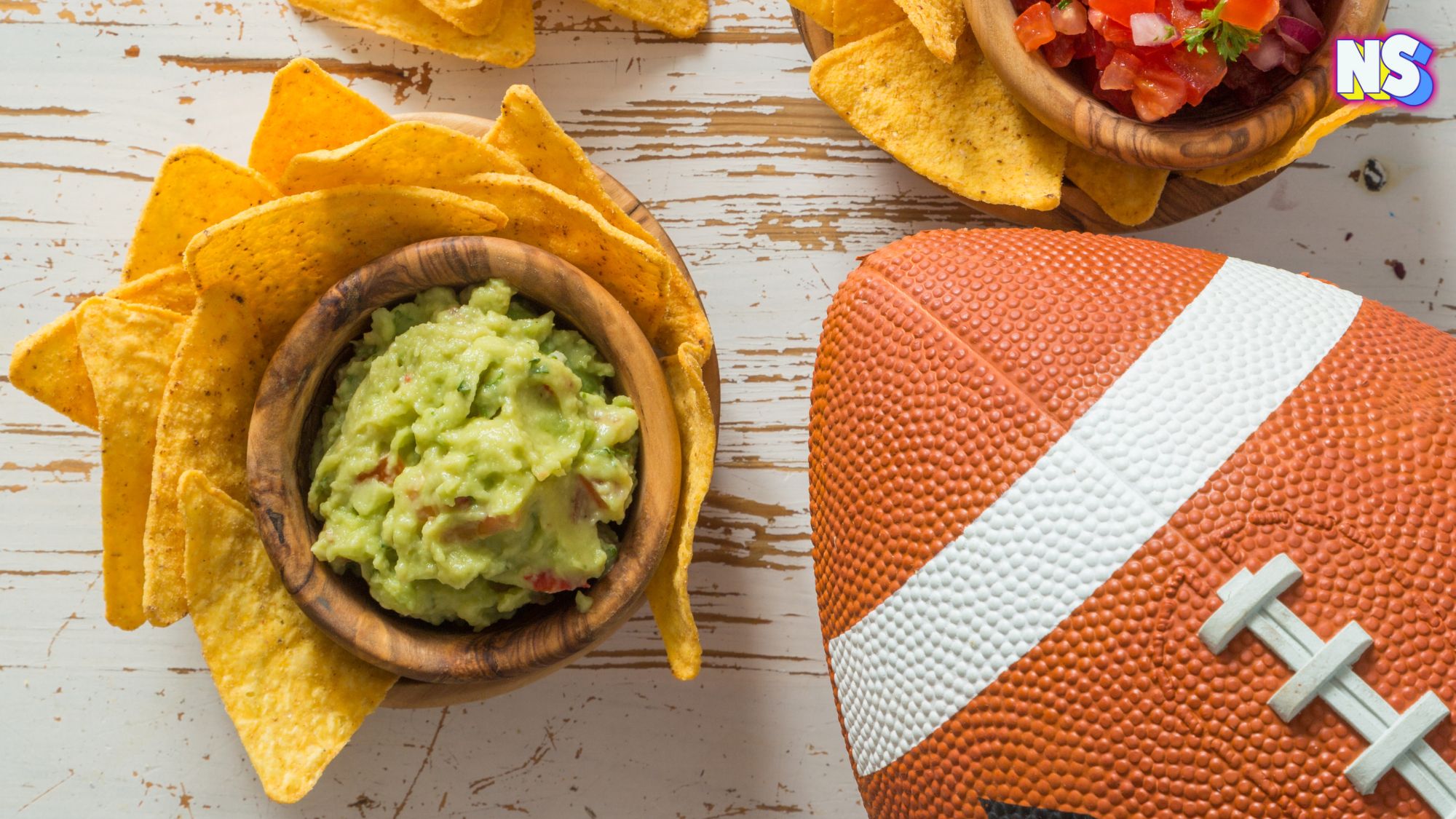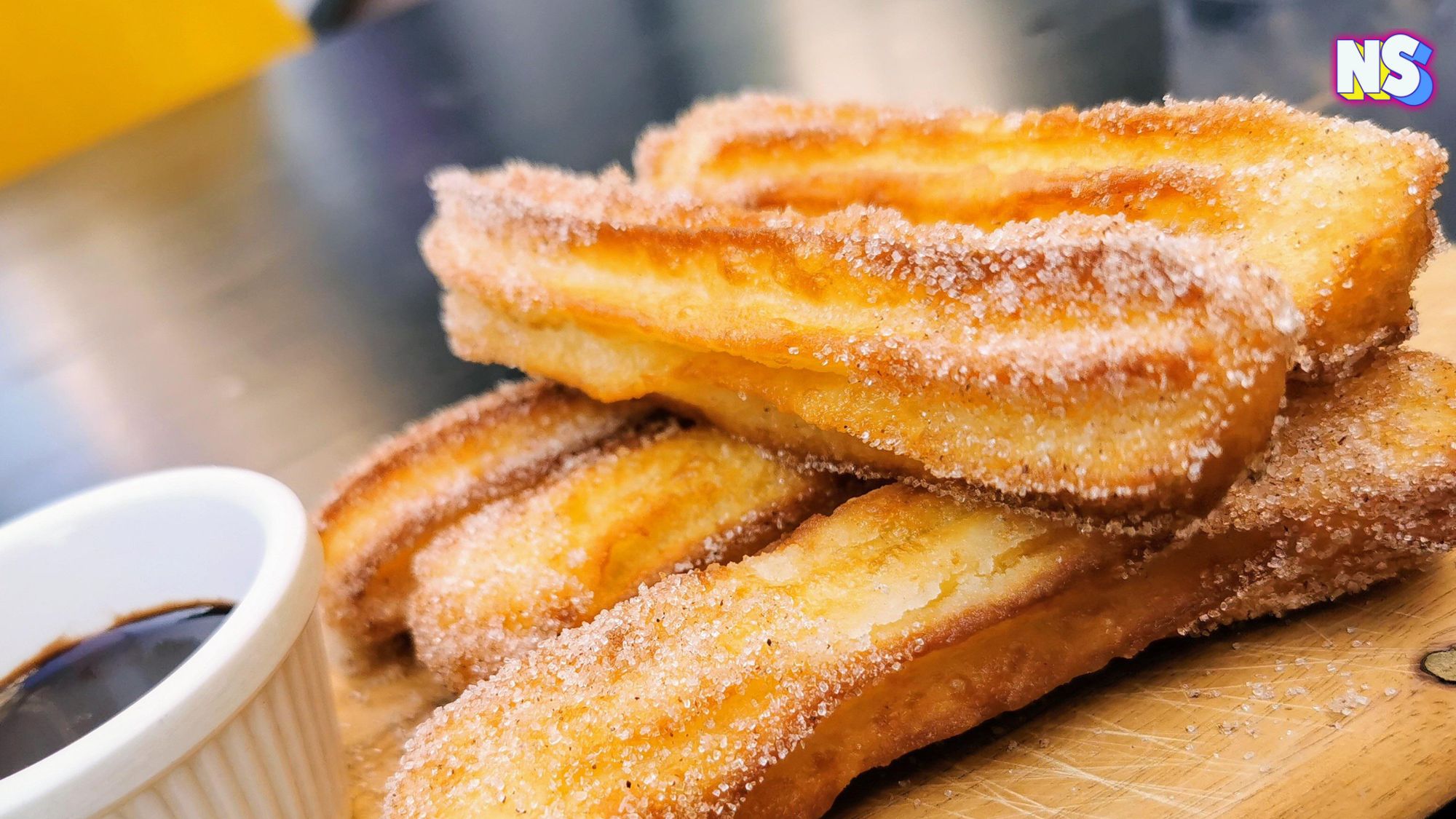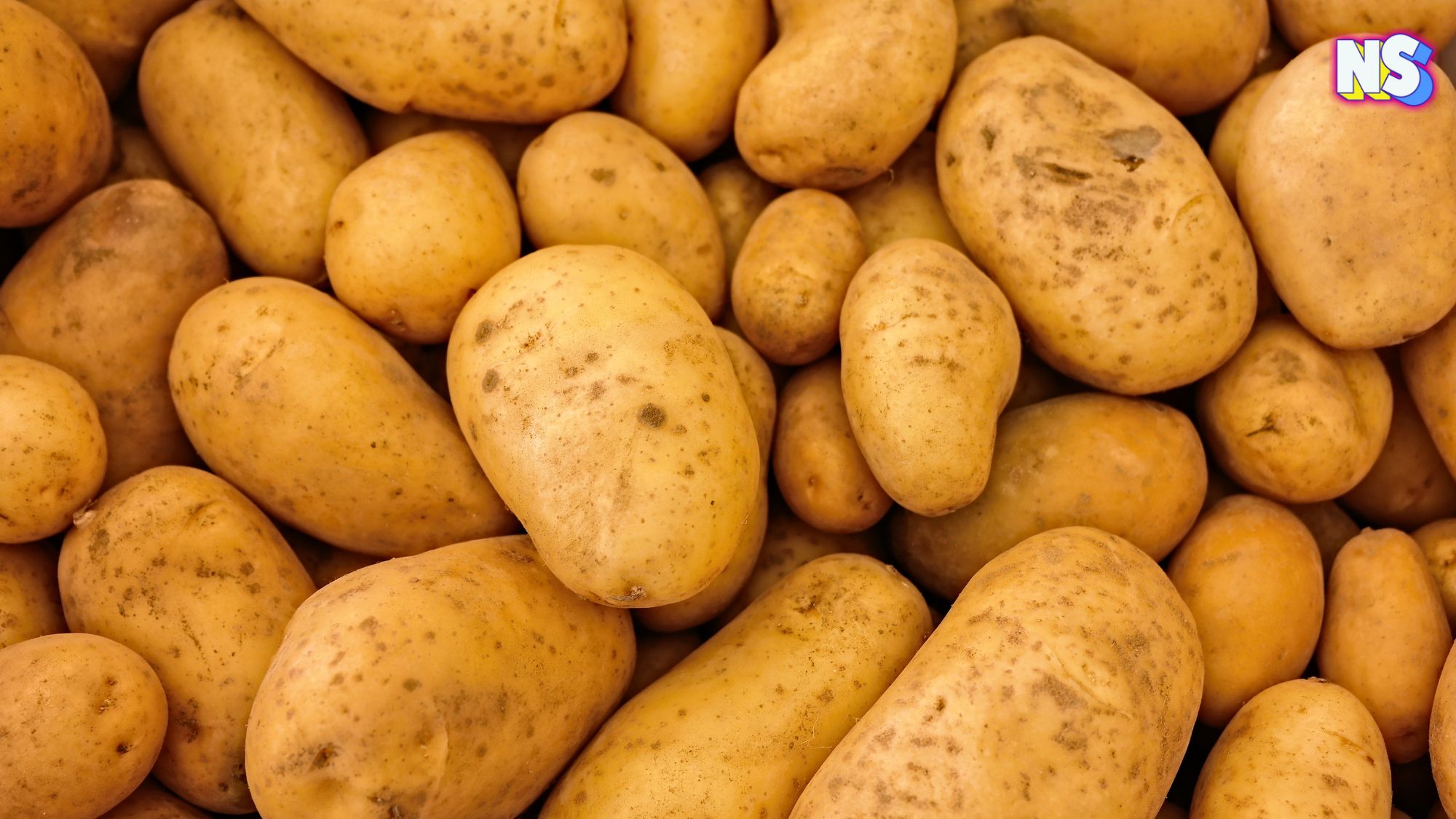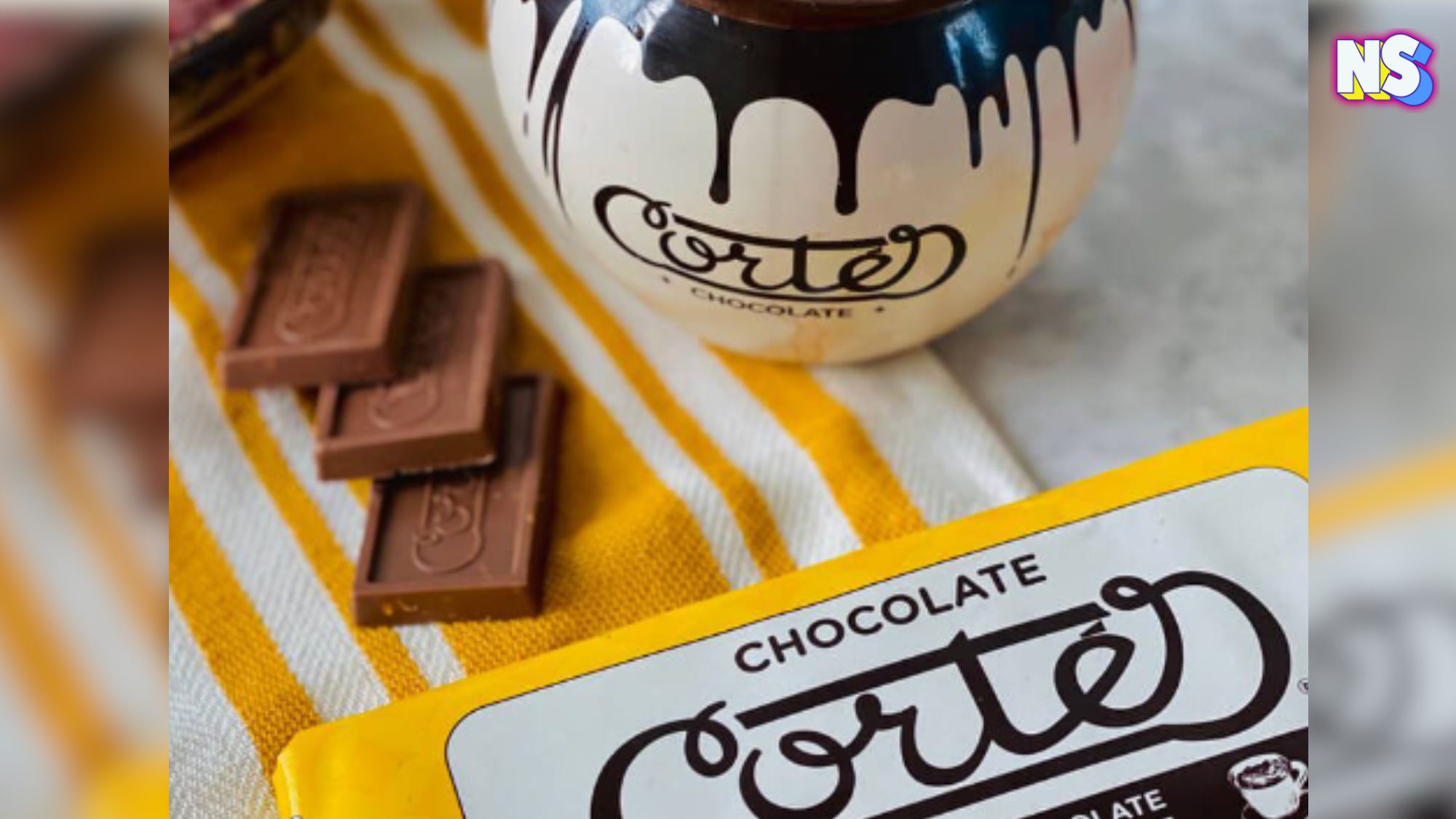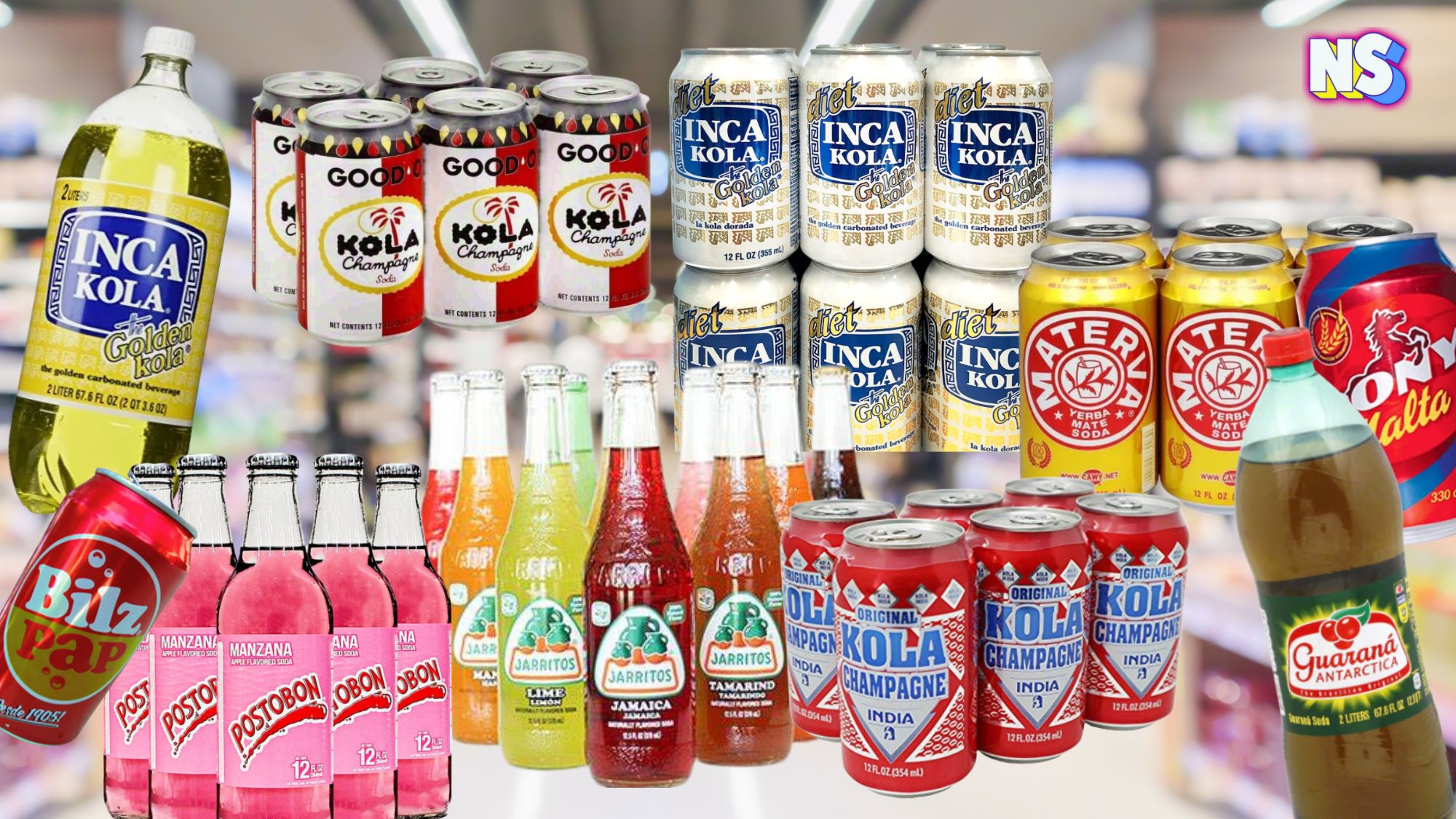The Super Bowl has given us some pretty great moments over its 59-year span. Like that time when David Tyree made the “Helmet Catch” in Super Bowl XLII, or that other time when Prince performed in the pouring rain during halftime. However, perhaps its biggest contribution to our society as a whole, beyond the football field, is a food group: guacamole.
OK, I know guacamole isn’t officially a food group. But it should be. It’s filling, good for you, and packed with essential nutrients. I think it’s high in Vitamin C. Or maybe it’s Vitamin D? Either way, it’s delicious and deserves more credit. And most of us wouldn’t even know about the South American wonder, the avocado, or delicious guacamole, if it weren’t for the Super Bowl. Hear me out.
From Onion Dip to Guacamole: A Super Bowl Transformation
Prior to the mid-90s, American football fans were munching on regular potato chips with onion dip for game day. Then, in 1994, NAFTA (the North American Free Trade Agreement) opened the U.S. market to Mexican-grown avocados. As Medium reports, “The Mexican Avocado industry began promoting guacamole as a Super Bowl food.” The timing couldn’t have been better for fans craving something new.
You could say the rest is history, but it’s a bit more complex than that. First of all, guacamole had to really earn its spot at the table. The public relations industry reintroduced the “alligator pears,” as they were once known, as the perfect snack food for game day. They dubbed it the “guacamole bowl.”
RELATED POST: Beyond Football: Colombian Avocados Score Big
“Hundreds of guacamole samples were given out to sports and news reporters leading up to Super Bowl day in hopes of creating a trend,” Cheddar explains. “It was a smash hit and over time it became a Super Bowl ritual.”
Former California Avocado Commission president Mark Affleck said that, “no other single American event impacted the sales of avocados like the Super Bowl,” according to Cheddar.
Avocado Imports Hit Record Numbers
By the early 2000s, guacamole had become a game-day staple. Demand for avocados skyrocketed, long after the Super Bowl ended. The U.S. alone consumes over 2.5 billion pounds of avocados each year, with nearly 80% coming from Mexico.
This year, the demand for avocados on Super Bowl Sunday is still high, even with recent threats of international tariffs. According to Mexico News Daily, “The Association of Avocado Producers and Packers Exporters of Mexico (Apeam) said that avocado producers in Mexico sent more than 110,000 tonnes of avocados — equivalent to over 250 million pieces of the green fruit — to the United States for this year’s Super Bowl on Feb. 9.”
Colombian Avocados Join the Game
But there’s more. With the success of Mexican Hass avocados, Colombia took note and started exporting their own avocados to the U.S. a few years ago. In fact, when Colombian Hass avocados made their Super Bowl debut in 2022, the fans wanted more. Their green fruit was a hit, and now the U.S. imports hundreds of millions of pounds from Colombia annually.
ColombiaOne writes, “Corpohass, a guild of Hass avocado producers, reported that this year exports of the fruit will grow by more than 300%, thanks to the increased demand associated with the Super Bowl.”
Florida Avocados: Homegrown but Limited
As a Floridian, I have to mention the Florida avocado, also known as the “green avocado.” It’s bigger and homegrown, but it’s a small part of the country’s guac obsession. Sure, we love it, but the U.S. demand for nature’s green gold, as its called in Mexico, means we need more than Florida can produce.
So, on game day, ask yourself this: after all is said and done, is a humble fruit from Latin America your Super Bowl MVP? I don’t know about you, but guacamole is so much better than onion dip.

